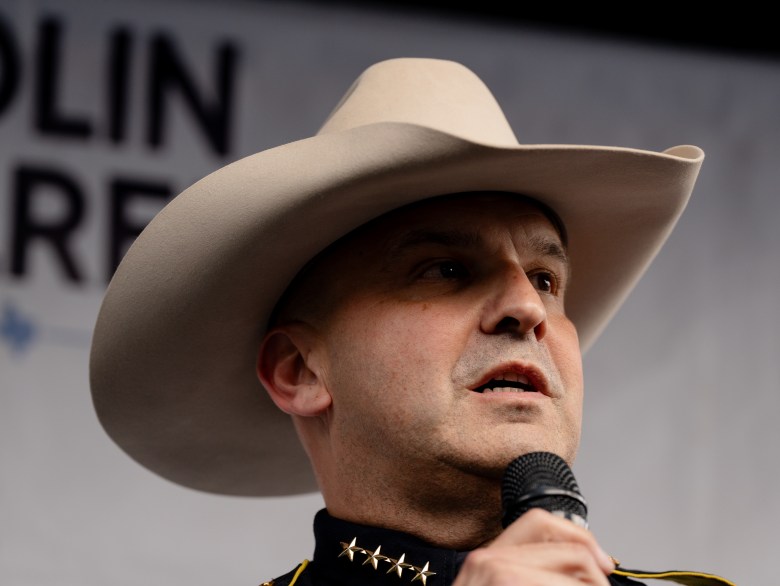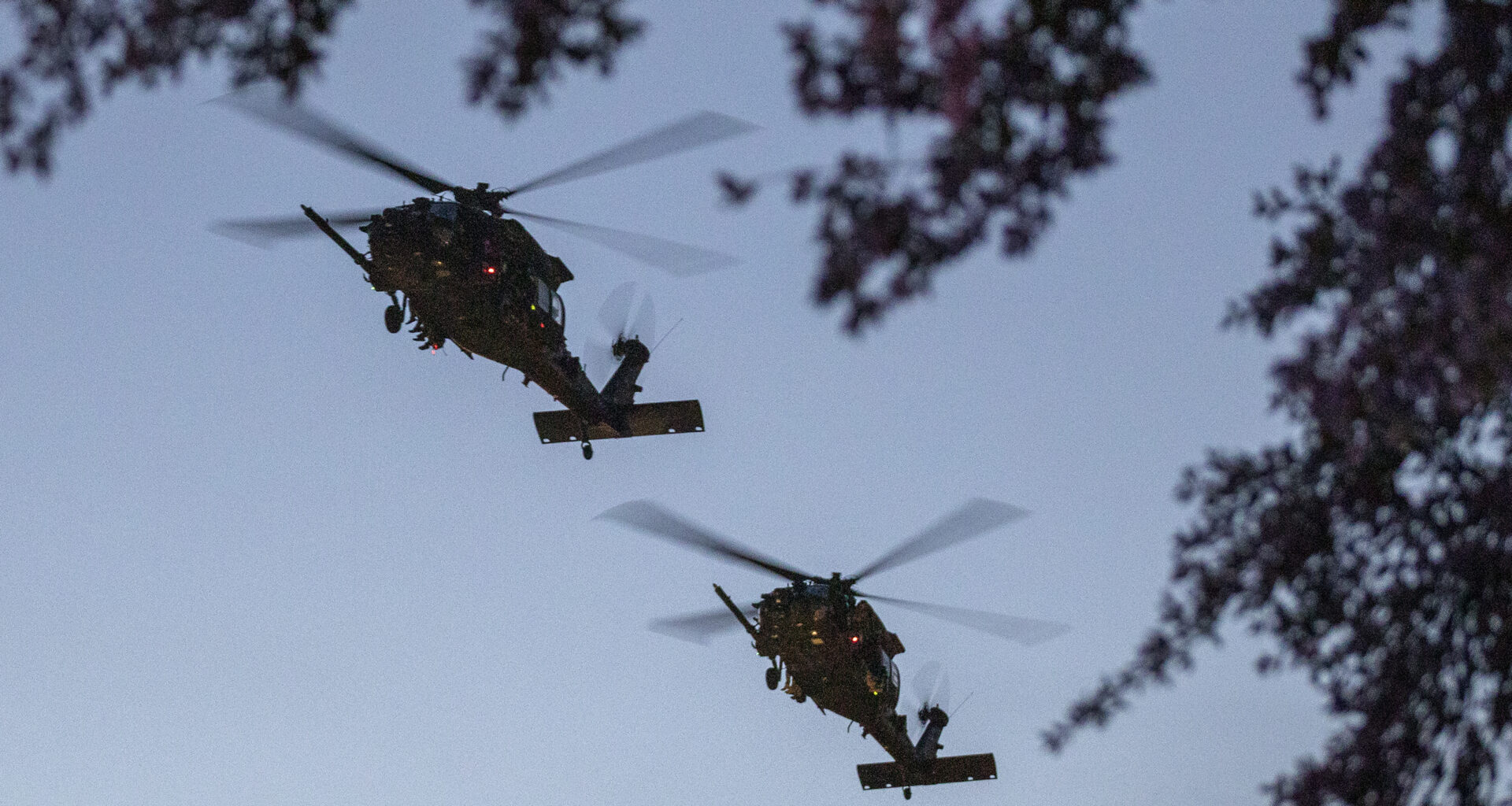The Texas Anti-Gang Unit serving Bexar County will receive a $3 million state grant to fund a helicopter, expanding the region’s capacity to target organized crime.
The funding was secured by state Rep. Marc LaHood (R-San Antonio) as part of the fiscal year 2026 state budget and was allocated through Gov. Greg Abbott’s Anti-Gang Pilot Program.
“Equipping our law enforcement with the tools they need sends a clear message: we will not tolerate gangs terrorizing our neighborhoods,” LaHood said in a press release. “This $3 million investment is a win for Bexar County and a major step forward in the fight against organized crime.”
What is the TAG Unit?
The Texas Anti-Gang Unit (TAG) in San Antonio was established in 2017 through a grant from the Office of the Governor’s Criminal Justice Division. It operates as a multi-agency task force made up of local, state and federal law enforcement partners.
Its mission? Dismantling and disrupting criminal organizations ranging from drug cartels and human traffickers to local street gangs.
Bexar County has the largest footprint in the regional TAG center, with more than 40 sheriff’s office personnel assigned to the effort.
“It’s all geared toward dismantling large criminal organizations,” said Bexar County Sheriff Javier Salazar in a phone interview. “You’ve got everyone from boots-on-the-ground teams to intelligence analysts working together.”
 Bexar County Sheriff Javier Salazar speaks at an event for a Democratic Senate candidate at the Backyard on Broadway in October. Credit: Brenda Bazán / San Antonio Report
Bexar County Sheriff Javier Salazar speaks at an event for a Democratic Senate candidate at the Backyard on Broadway in October. Credit: Brenda Bazán / San Antonio Report
Other participating agencies include the San Antonio Police Department, Texas Department of Public Safety and federal entities like the DEA and FBI. The unit operates across jurisdictional lines, assisting smaller departments that may not havegang enforcement resources.
“Sometimes we’ll come into the city to help SAPD, other times we’ll support departments in smaller communities,” Salazar said. “We tailor our approach depending on what each location needs.”
Why a helicopter?
The new helicopter will be TAG’s first dedicated aerial resource. Until now, the unit has relied on aircraft support from agencies like DPS and SAPD.
“This gives us an added dimension,” Salazar said. “It makes pursuits and surveillance easier, safer and a lot less detectable.”
Although specific models are still under consideration, the sheriff noted that the $3 million must also cover housing, maintenance and staffing for the helicopter.
“Buying the helicopter is actually the easy part,” he said. “We’ve got to stretch those dollars to cover everything.”
The new resource could shift the dynamic between agencies, allowing TAG to provide support rather than request it.
“There may be other agencies out there that are now going to be leaning on us for that assistance that previously, we’ve had to reach out to others for. “
Despite much of the unit’s work happening behind the scenes, Salazar underscored its day-to-day impact.
“We may not see a big drug bust on TV every day, but I can tell you they’re out there working, seven days a week, 24 hours a day,” he said. “These are dangerous organizations we’re targeting. Any time we can get a drug load or guns off the street, it makes the county that much safer.”
